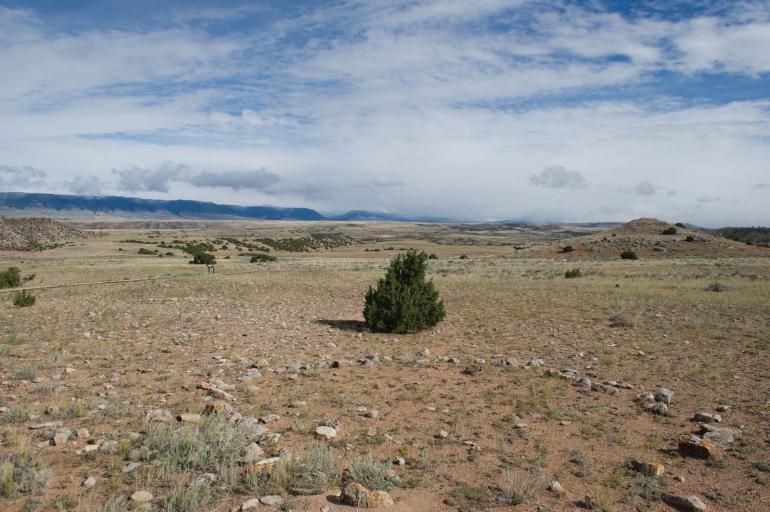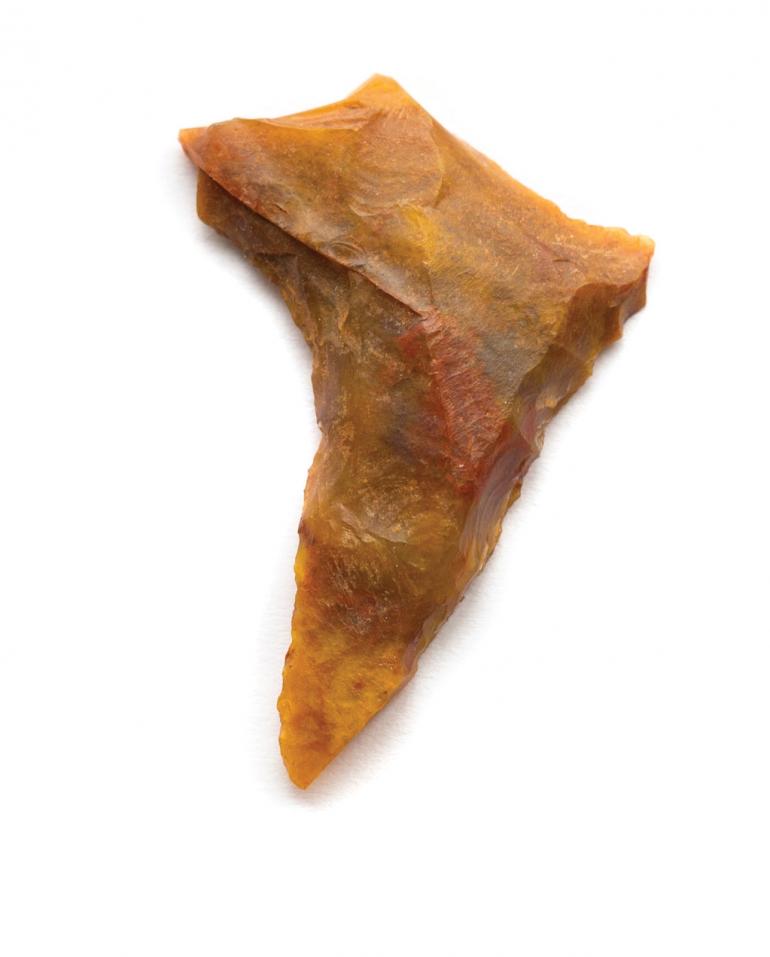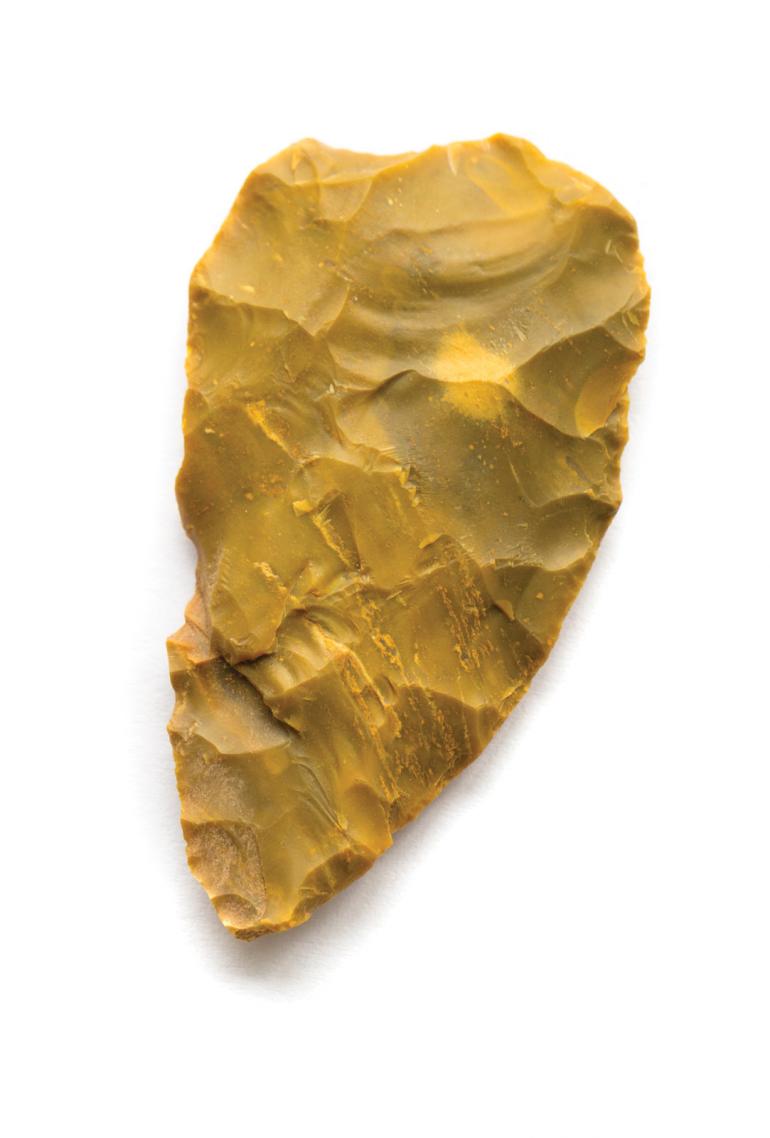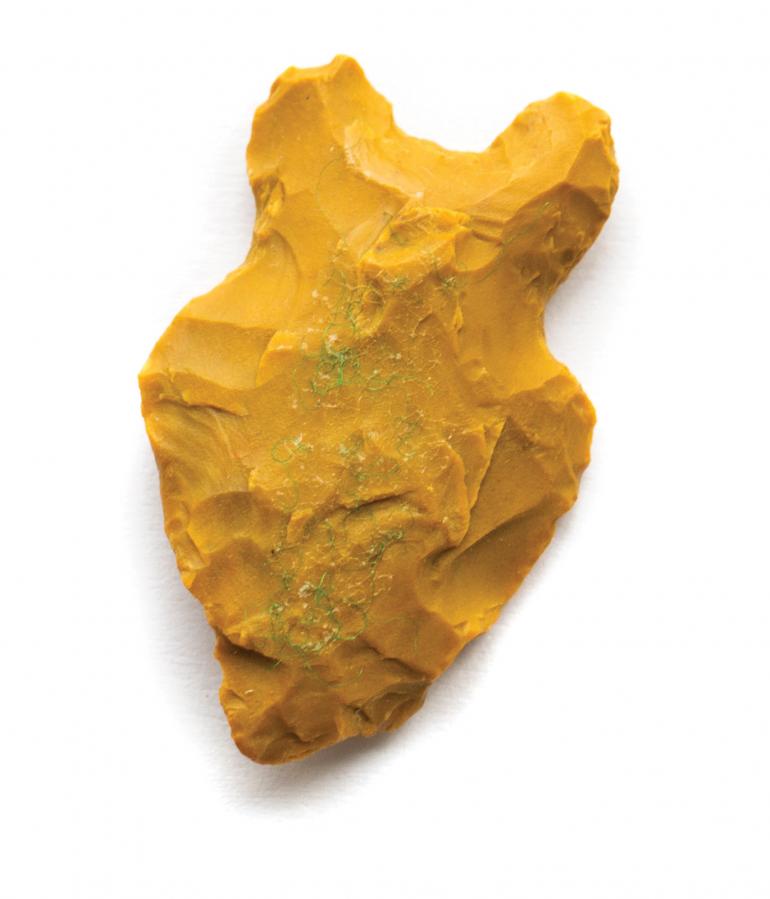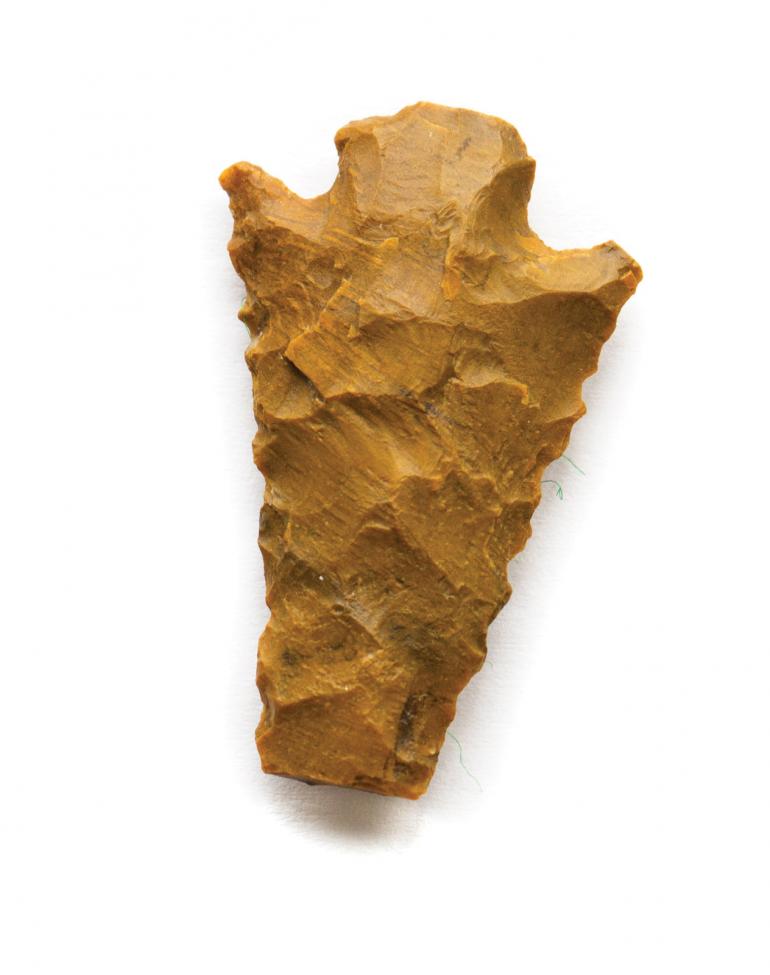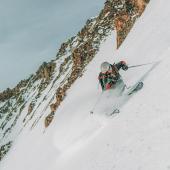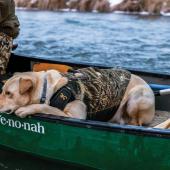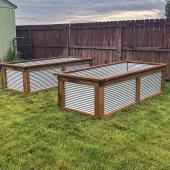Tools of the Trade
Finding native history in the rocks.
We all know about the cowboys and Indians of old Westerns, but what about the specific history of the Native Americans living in southwest Montana? Some historians state that there is no written record of a specific tribe of Indians permanently living here, potentially due to the fact that regional tribes were nomadic and preferred keeping an oral history. However, tribes traversed and camped in the valley and surrounding areas, including the Blackfeet, Nez Perce, Crow, Bannock, Sioux, and Flathead.
As we’re enjoying our time in this breathtaking area we call home, a keen eye can spy evidence of old Native American camps. Tipi rings are thrilling to find and provide a glimpse into daily life. When an optimum spot for erecting tipis was reached, stones were retrieved and used to weigh down the tipis’ edges. When the camp moved on, the stones were left behind, thus leaving a distinctive circle of rocks. Generally, if one stone ring is found, further perseverance will reveal many more, until it is easy to imagine a tribal village. At times, the circle is so complete that the entrance can be determined by a break in the pattern of stones.
Also, look for the tools of the day. An abundance of geothermal activity in our area has produced a wealth of silica-rich rocks, such as obsidian, quartz, agate, flint, and chert. These were stones valued by the native peoples for making arrowheads. They employed a process called knapping, which uses a hard striker-stone hitting one of the brittle stones previously mentioned. These experienced knappers varied their angle, strike power, and speed, and were able to predictably control the shape and function of the resulting tool or arrowhead. Many flake-based tools were utilized, such as scrapers used for preparing animal hides, and awls, which were a pointed tool used for piercing holes in leather.
The Gallatin Valley’s supply of easily flaked stones was rare, so tribes traveling through knew they needed to take advantage. Arrowheads were lost or broken, and new ones were needed. However, carrying heavy stones was impractical and hardware stores were nonexistent. So the native peoples would spend time knapping the local stones into the rough shapes of arrowheads. These are called preforms or blanks. Most of the heavy weight of the stone would be left behind so that later, when needed, a new arrowhead could be quickly finished and used. It’s believed that the Obsidian Cliffs in Yellowstone Park served as a quarry for some of the tribes and that the tools or preforms crafted from the obsidian were traded as far away as Illinois. Again, observant eyes can still find boulders where it is evident that someone, long ago, sat on the boulder and spent considerable time knapping and chipping away at bulky rock to make tools that would make life easier.
So, sometimes, we may need to slow down a tad. Perhaps walk a bit slower on our excursions and have our eyes focused on the ground. Peer through the brush and wild grass and see the history underfoot that most people just walk over without seeing.
Patti Albrecht owns Earth’s Treasures in Bozeman.

